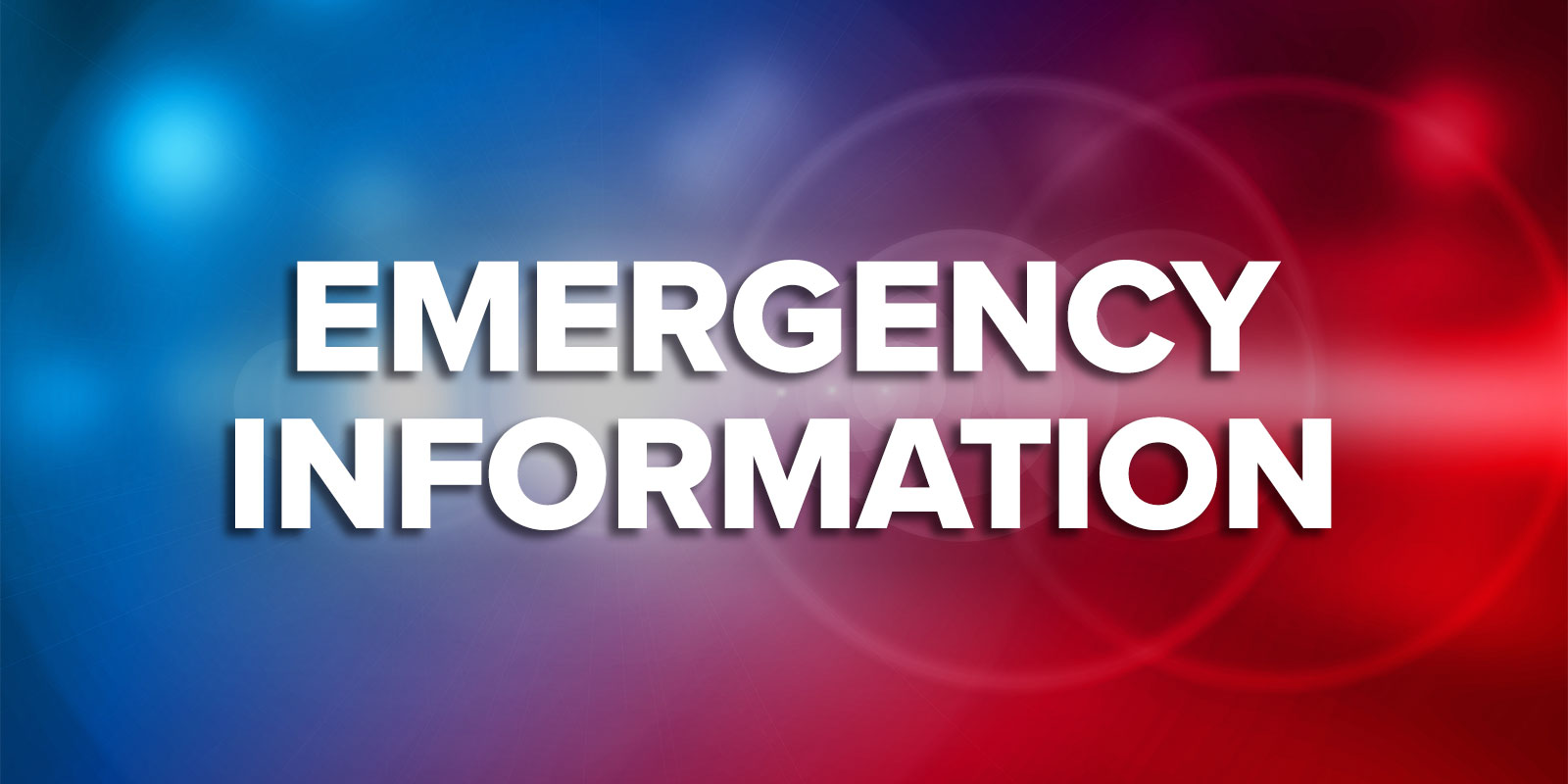Advertisement

Prepare an Emergency Kit
No matter where you live in Queensland, an emergency kit is an absolute necessity for every household.
Depending on your location, you may need to rely on your kit to get through until the emergency has passed or help arrives.
Ensure that your kit is able to sustain you and each member of your family member for up to 72 hours or more.
Your emergency kit should include:
- Battery-operated radio with spare batteries
- Torch with spare batteries, candles and waterproof matches
- First Aid Kit and manual with any essential medicines that may not be found in a basic kit
- A change of clothes for each member of the household (wind and waterproof, hats, leather gloves, strong protective closed-in shoes)
- Blankets or sleeping bags
- Toilet paper and essential toiletries, including sunscreen
- Special needs for infants (food, formula, nappies, toys), the aged or people with disabilities
- Money, including change for phone calls
- Important family documents (birth and marriage certificates, driver’s licence, passports, insurance policies and photos)
- Strong and sealable plastic bags (for clothing, valuables, documents and photographs)
- A mobile phone, spare battery and charger
- Extra car and house keys
- A copy of your household plan
- Pet supplies
- Non-perishable foods (dried and canned – label cans and don’t forget the can opener!)
- 10 litres of bottled water per person (three days plus)
- Portable cooker (if using gas remember to have spare canisters or bottles)
- Cooking equipment and eating utensils
Tips for looking after your emergency kit
- Store your kit in a dry area of your household that is easily accessible without electricity
- Make sure every member of your household knows where the kit is stored
- Check the contents of your kit at least once a year to ensure items still work and consumables have not past their use-by date
- Batteries have expiry dates, water does go stale and non-perishables will perish over a period of time
- A household emergency kit can also double as a camping kit – stock your kit at the beginning of the wet season and use it in the dry each year
Advertisement
Advertisement
